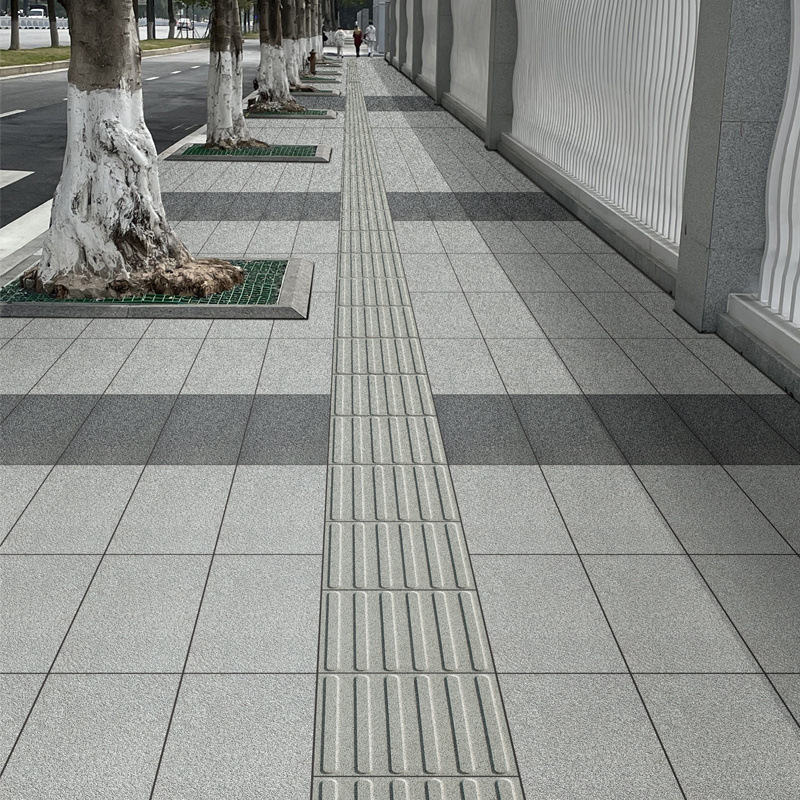|
In the construction of modern cities and rural development, paving roads is not only a simple project connecting two points but also an important infrastructure for enhancing regional development and improving residents' quality of life.

Throughout history, roads have always been a crucial link in civilization, and the technological advancements in materials, design, construction techniques, and maintenance management in modern road engineering have already led to the professional field of "road paving" evolving towards greater scientific and intelligent directions.
1. Innovation and environmental evolution of paving materials
Paving materials have made significant progress from ancient stones and bricks to modern asphalt concrete and recycled materials.
In today's world where environmental awareness is growing, the greening and durability of paving materials have become important considerations in design and material selection.
For example, recycled asphalt and recycled concrete not only reduce the cost of road construction but also alleviate the environmental pressure caused by construction waste.
Moreover, high-performance concrete that is easy to maintain and has a longer lifespan, as well as reflective pavement materials that enhance road reflectivity and improve nighttime driving safety, have been hotspots in research and application in recent years.
2. Diversity from function to design
Modern sidewalk design is no longer solely focused on practicality but has integrated aesthetics comfort and ecology.
Multi-functional composite road systems integrate multiple functions such as drainage slip resistance noise reduction etc. enhancing the efficiency of road use and driving comfort.
At the same time in certain high-end residential areas or scenic tourist areas the beautification of roads and harmony with the environment are also highly valued.
Furthermore considering the future popularization of autonomous driving technology current road design is beginning to focus on providing necessary route markings and sensor support.
3. Advanced and intelligent paving technology
The innovation of paving technology is the key to improving road quality and construction efficiency.
The use of modern mechanized paving equipment such as asphalt pavers and roller-compaction machines has significantly increased the speed and quality of paving operations.
At the same time, the introduction of intelligent construction technologies, such as GPS mechanical control systems, can precisely control the thickness and slope of paving, reducing human errors.
The application of drone construction monitoring systems can track construction progress and quality in real-time, ensuring the efficiency and safety of projects.
Additionally, the application of Internet technology, such as project management and resource sharing through cloud platforms, is also an effective means to improve efficiency.
4. Modernization of road maintenance management
Once a road is constructed, its quality and lifespan largely depend on subsequent maintenance.
Modern road maintenance management systems utilize advanced monitoring technologies, such as ground-penetrating radar and infrared thermography, to promptly identify potential hazards beneath the pavement, including cracks and voids.
Through real-time data acquisition and integration with GIS information systems, these systems can effectively monitor and dispatch repair teams for rapid repairs.
Preventive maintenance strategies, such as regular cleaning and crack sealing, also play a crucial role in reducing lifecycle costs and extending road service life.
5. Comprehensive social, economic and environmental effects
The construction and maintenance of roads are not only technical issues but also touch on multiple aspects of economic, social, and environmental impacts.
On one hand, road construction has a direct promoting effect on regional economic development and improving residents' travel conditions; on the other hand, road construction may also bring certain environmental pressures, such as construction noise, dust generation, and ecological disturbances.
Therefore, when laying out roads, meticulous planning and design are required to minimize environmental impact.
Currently, with the continuous development of technology, the future of paving roads will become more intelligent and environmentally friendly.
Continuing to research and promote the application of new materials and technologies will make roads not only bear pedestrians and vehicles but also become an important pillar for the development of smart cities.
Paving roads is not just a passage connecting space, but also a bridge connecting the past and the future.
|